Camden Edwardian cottages
It is with interest that I see that a local Camden real estate agent has used the term ‘Camden cottage’ on a sale poster for 21 Hill Street.
This is the first time I have seen the term ‘Camden cottage’ used in a commercial space before and it is an interesting development. The sign actually state ‘Classic Camden Cottage’.
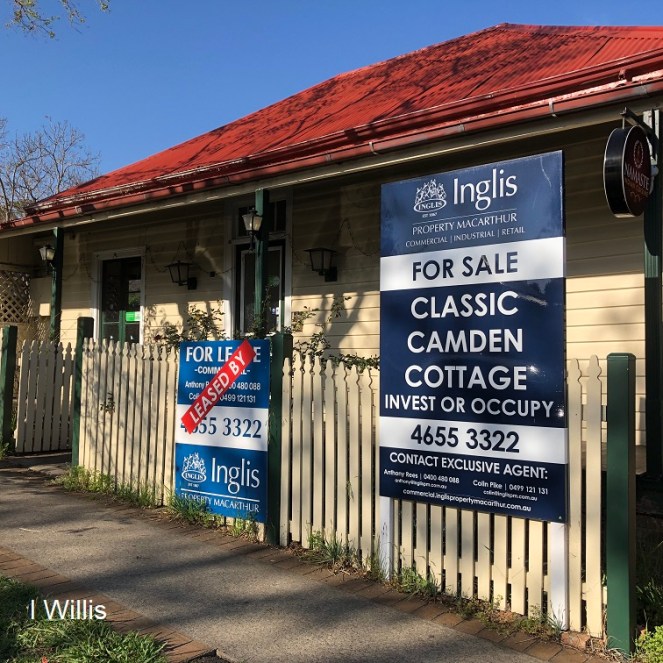
Maybe this is a recognition for the first time of a building style that was quite common in the local area in the early 20th century.
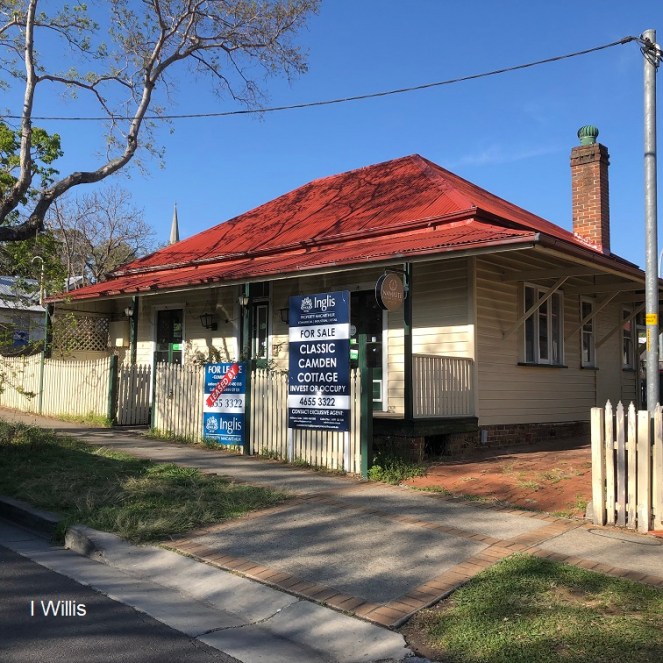
The cottage is a simple timber Edwardian style cottage that can be found across the Macarthur region. It was a cut-back version of more sophisticated buildings styles that were evident in the wealthier suburbs of Sydney and Melbourne. The typical Queenslander Federation cottage is a sophisticated version of the same style of house.

There are examples of this style in most of villages and hamlets across the local area and many isolated ones on local farms.
The name Edwardian is loosely attached to cottages and buildings erected during the reign of Edward VII from 1901 to 1910. This period covers the time after the Federation of the Commonwealth of Australia in 1901 when the six self-governing colonies combined under a new constitution. They kept their own legislatures and combined to form a new nation.
The housing style was evidence of the new found confidence of the birth of a new nation that borrowed overseas trends and adopted them to suit local conditions. These style of houses were a statement of the individualism and the national character.
The Edwardian style of housing also includes a broad range of styles including Queen Anne, Federation, Arts and Crafts and Early Bungalow. These styles often tend to be asymmetrical with a projecting from gable, can be highly decorated with detailed work to gables, windows and verandahs. Edwardian style cottages often fit between 1900 and 1920, although the style extends beyond this period influencing the Interwar style housing.
Typical Edwardian colour schemes range from apricot walls, gables and barge boards, with white lattice panelling, red roofing and green coloured windows, steps, stumps, ant caps.
A number of Camden Edwardian cottages have a projecting from room with a decorated gable. A number of been restored while others have been demolished.
Edwardian country cottages are not unique to the Camden area. Toowoomba has a host of these type of homes and published the local council publishes extensive guides explaining the style of housing and what is required for their sympathetic restoration in the online publication The Toowoomba House (2000).
Examples of Edwardian style cottages, including in and around Camden, were an Australian version of English Edwardian houses. Houses were plainer in detail, some with lead lighting in the front windows. Australian architecture was a response to the landscape and climate and the building style tells us about the time and the people who built them, how they lived and other aspects of Camden’s cultural heritage.

In the most March 2014 edition of Camden History Joy Riley recalls the Edwardian cottages in John Street. She stated:
‘I lived at 66 John Street for the first 40 years of my life before moving to Elderslie with my husband Bruce Riley. The two rooms of 66 John Street were built by the first John Peat, Camden builder, to come to Camden. In the 1960s I had some carpet put down in my bedroom, the floor boards were so hard, as they only used tacks in those days to hold carpet, the carpet just kept curling up.’ She says, ‘The back of the house was built by my grandfather, William Dunk. They lived next door at 64 John Street. He also built the Methodist Church at Orangeville or Werombi.
A number of Camden Edwardian style timber cottages have a projecting room at the front of the cottage with a decorated gable, adjacent to a front verandah, with a hipped roof line.
This housing style is often characterised by a chimney that was a flue for a kitchen fuel stove and chip copper in an adjacent laundry. In some houses plaster cornices were common, sometimes there were ceiling roses, skirting and architraves. A number of been restored while unfortunately many others have been demolished.

Some Camden Edwardian homes had walls of red brickwork, sometimes with painted render in part. While there are many examples in the local area of timber houses with square-edged or bull-nosed weatherboards. Sunshades over windows supported by timber brackets are also common across the local area.
Ben Linden at Narellan is an outstanding example of the Edwardian cottages across the local area.
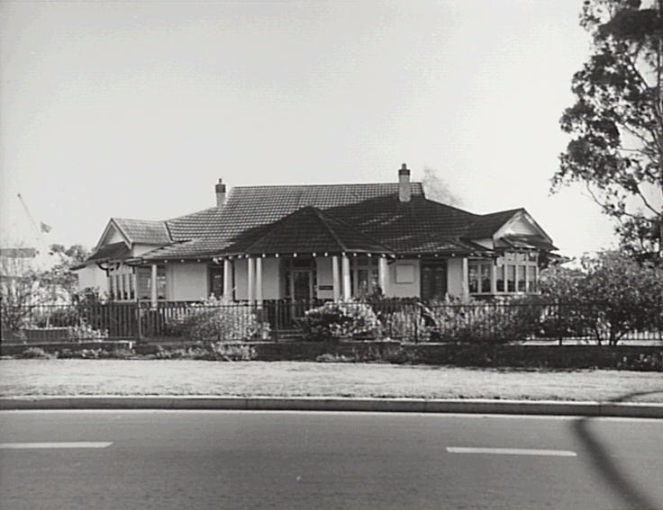
Yamba at Kirkham is another fine example of this style.

Camden has quite a number of Edwardian cottages in the town area, on surrounding farms and in local district villages. They are typical of the early twentieth century landscape in the local district.



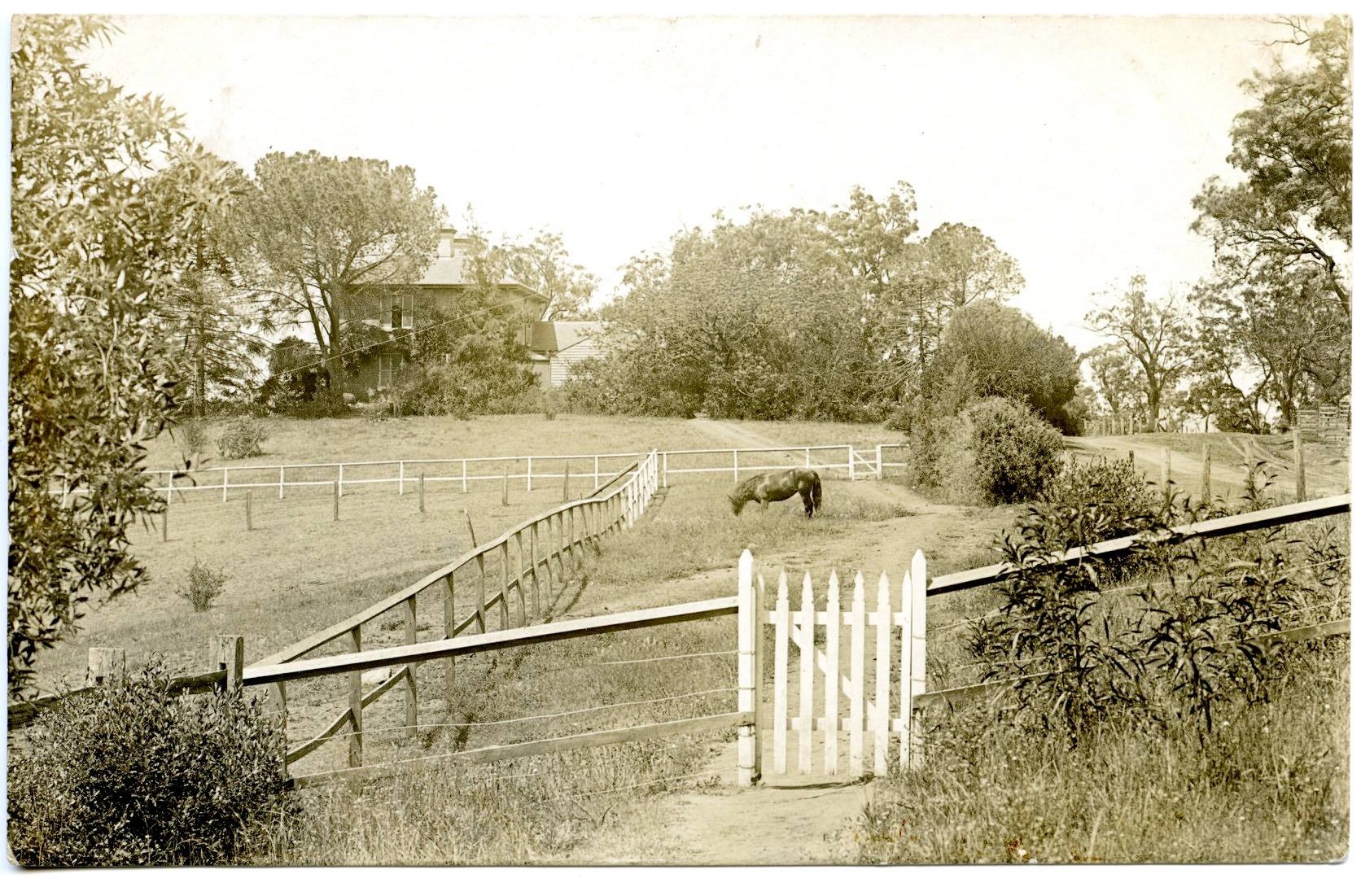




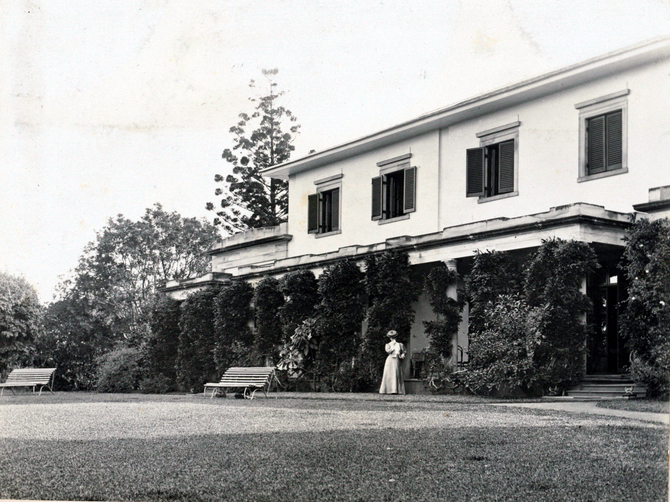
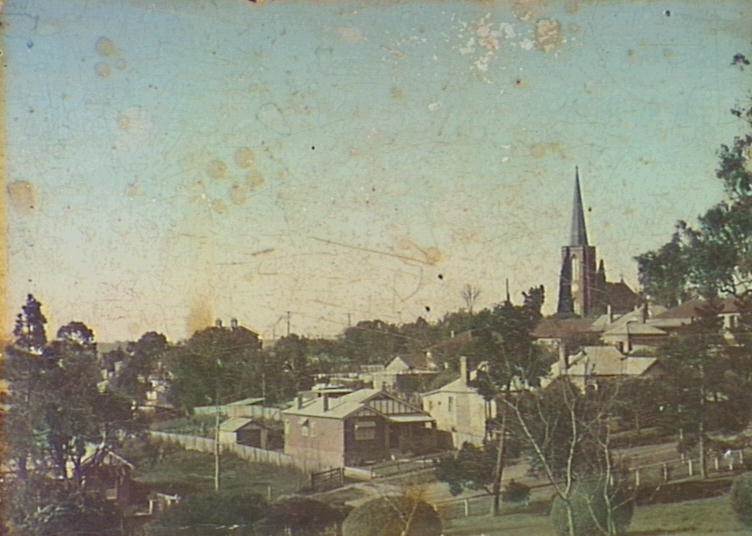
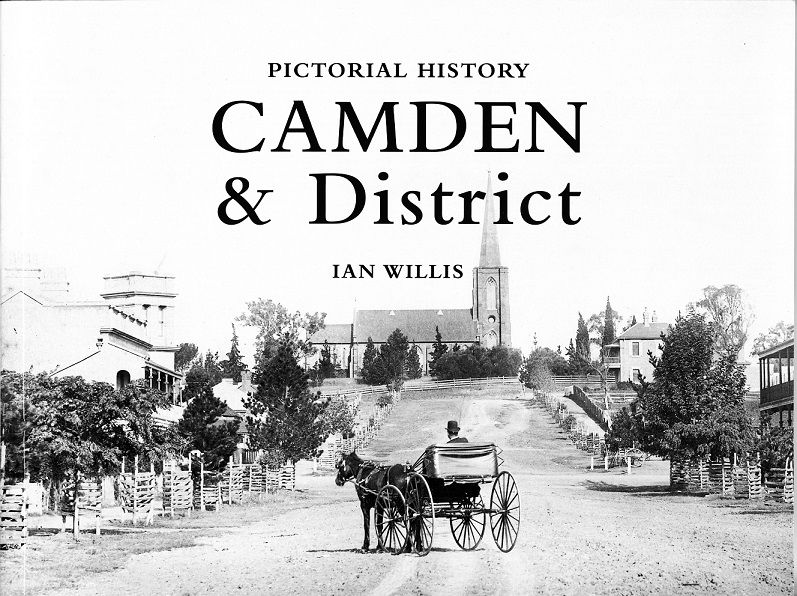

![Camden Community Gardens[1]](https://camdenhistorynotes.com/wp-content/uploads/2018/03/camden-community-gardens1.jpg)









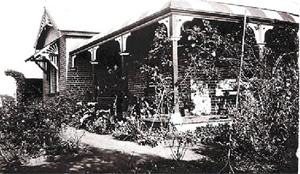


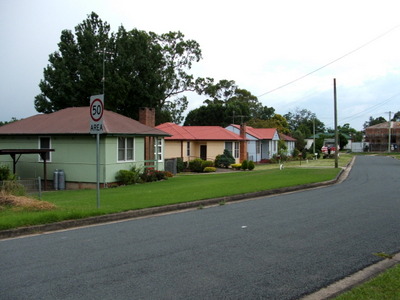


![IMG_7272[1]](https://camdenhistorynotes.com/wp-content/uploads/2017/04/img_72721.jpg)
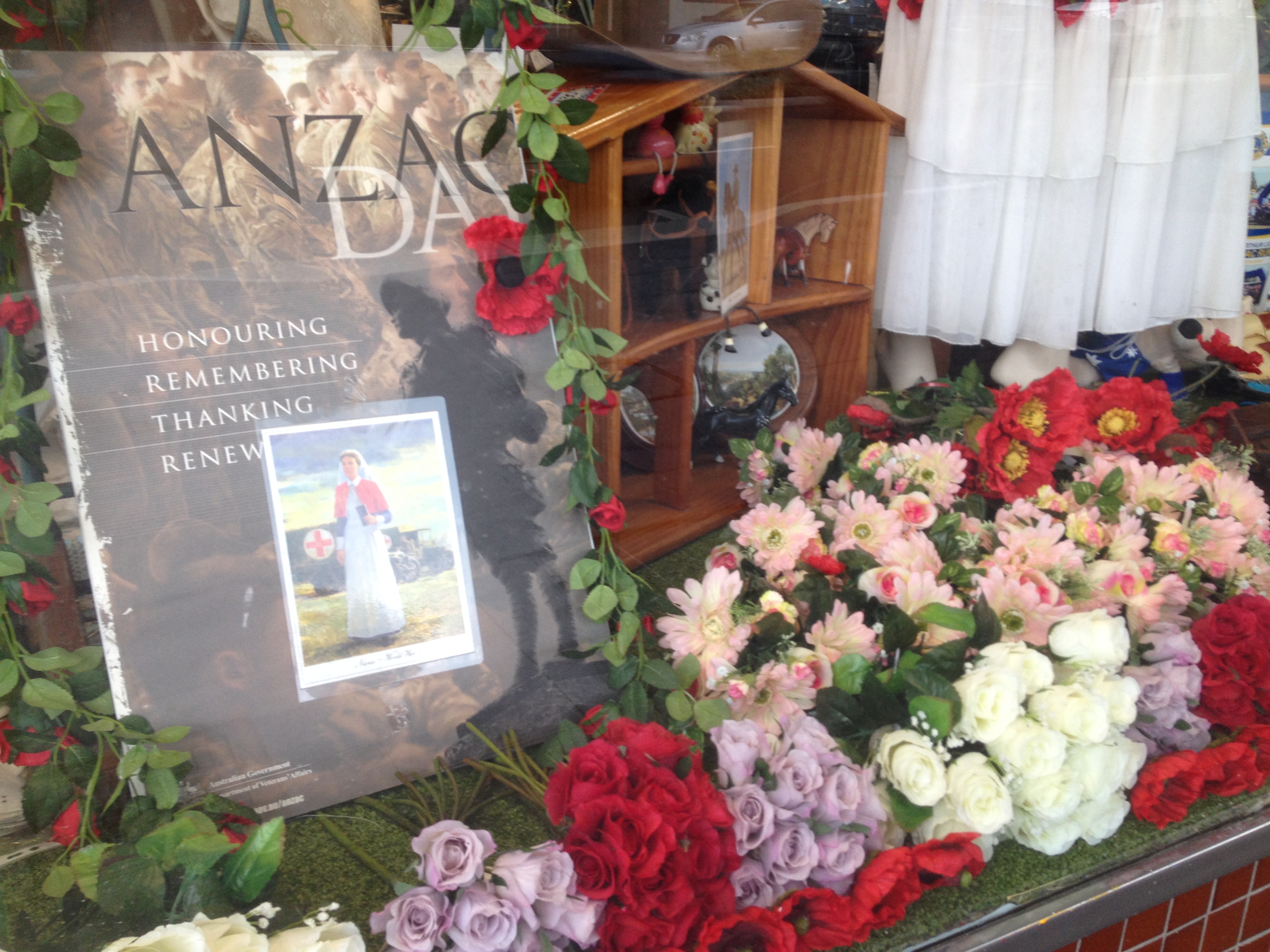


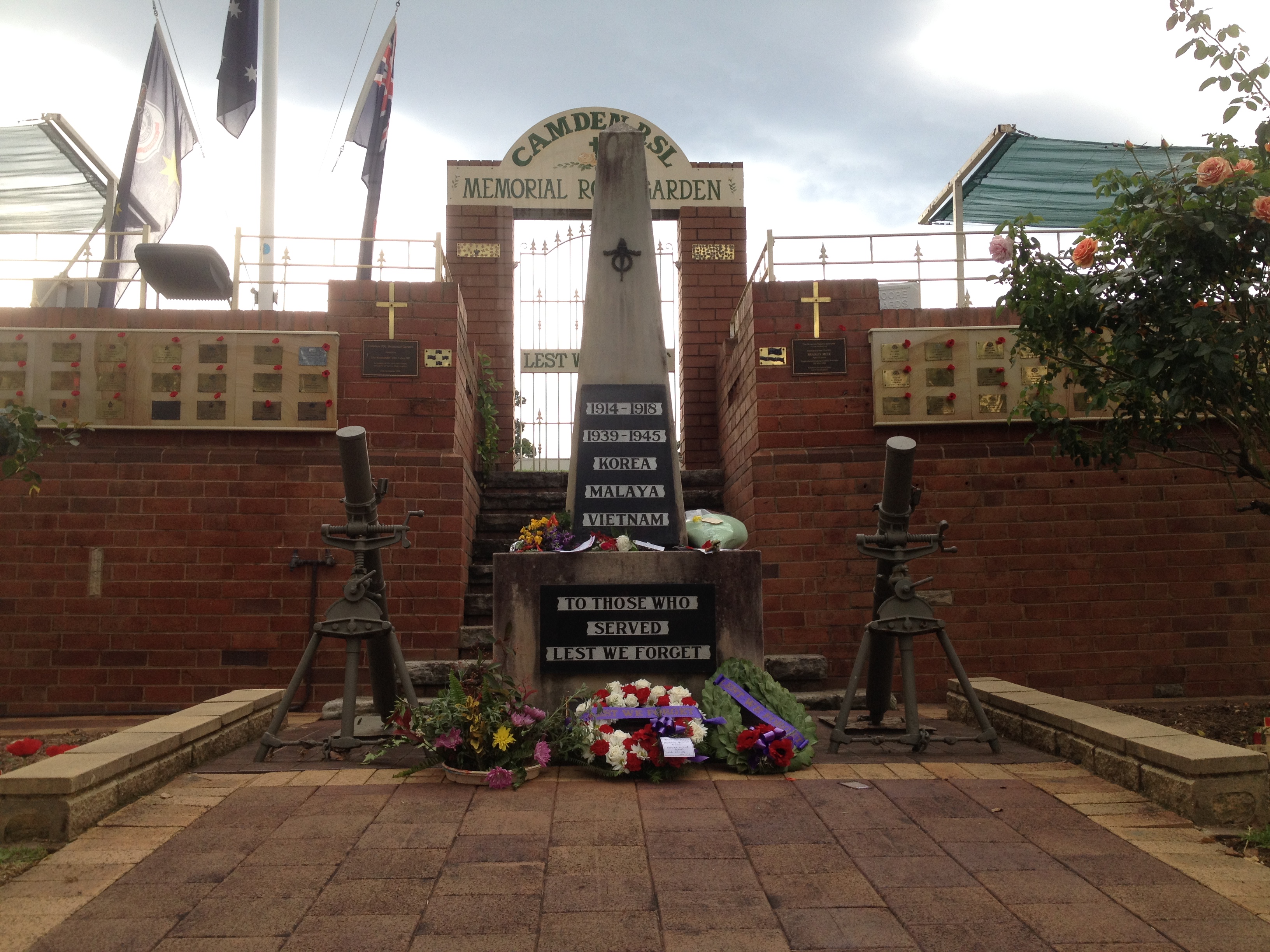



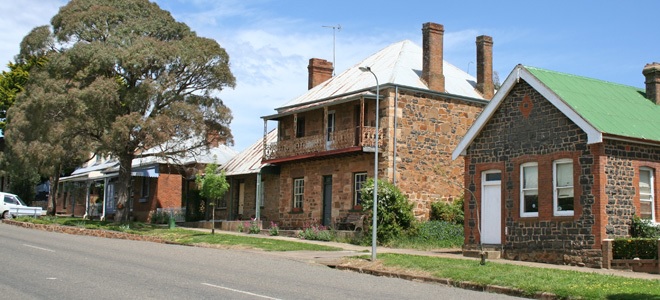


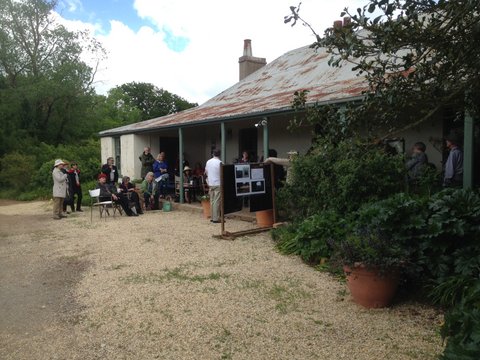

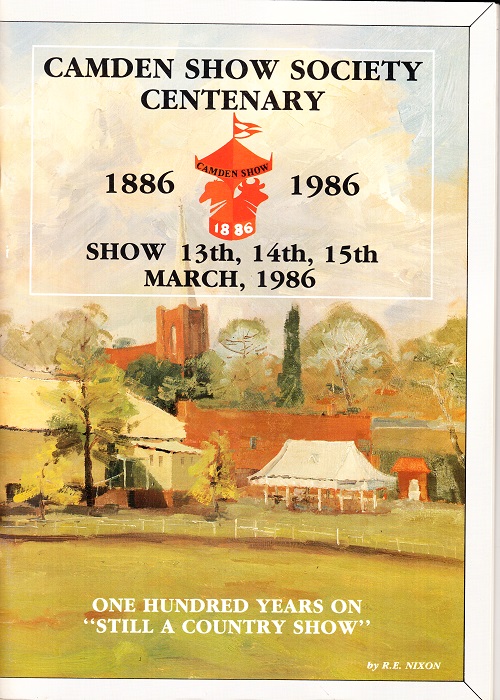
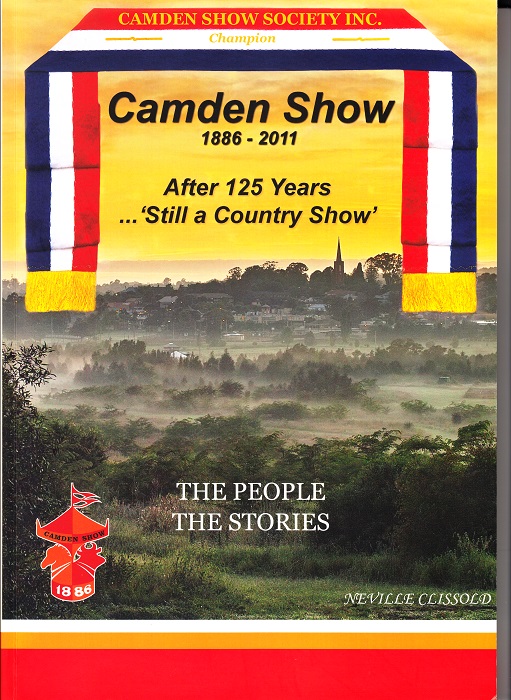







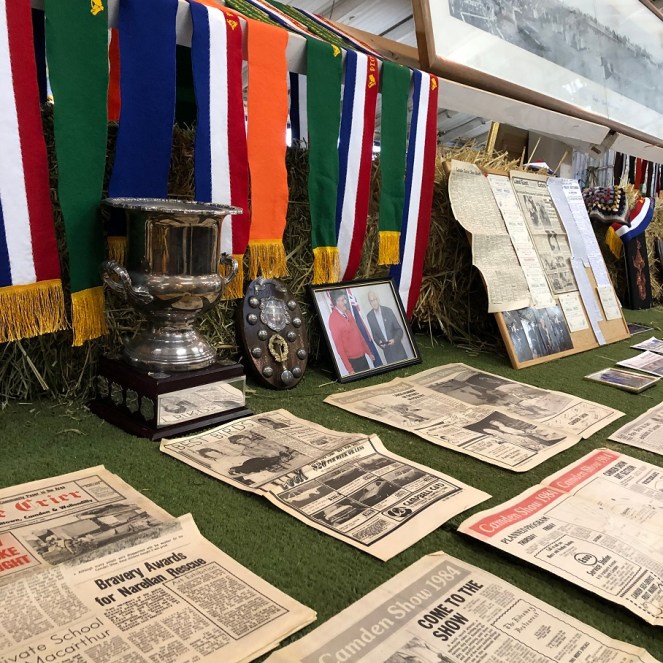
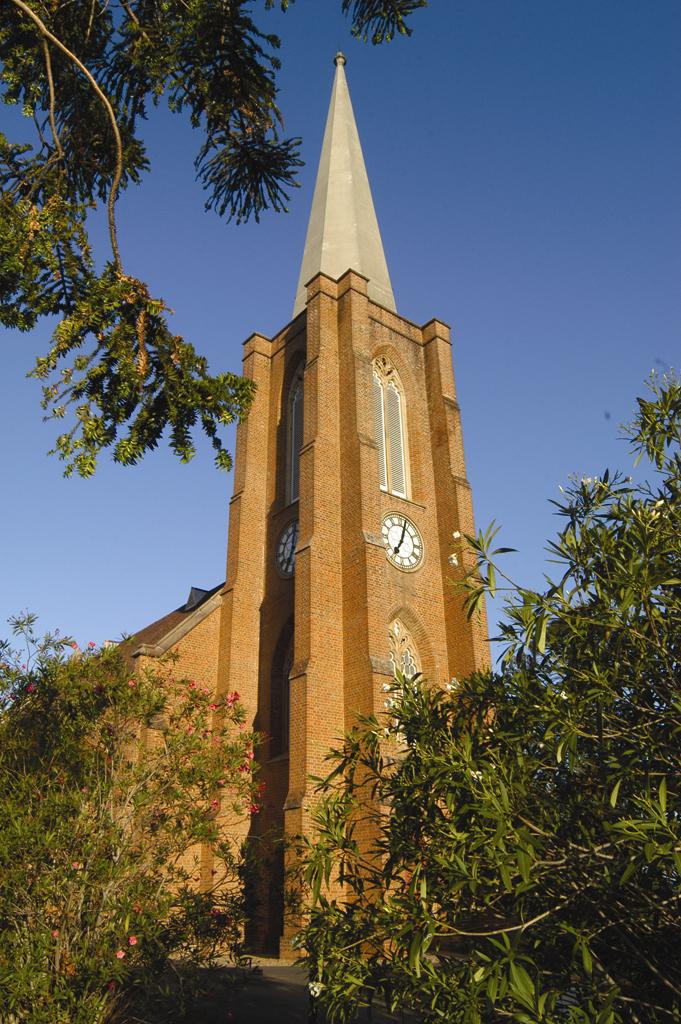
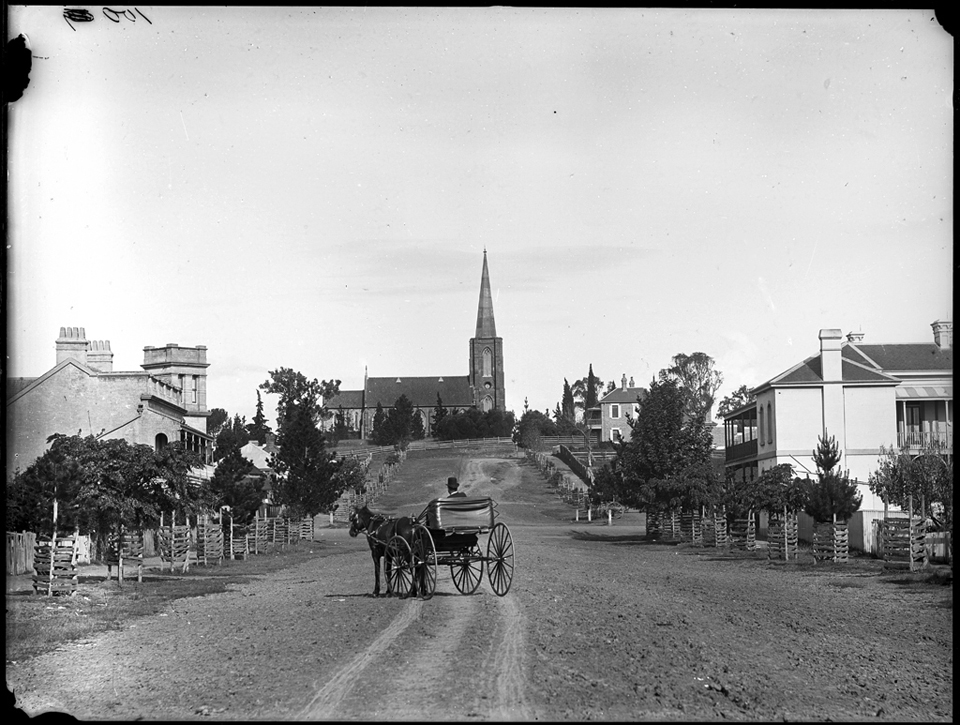


You must be logged in to post a comment.